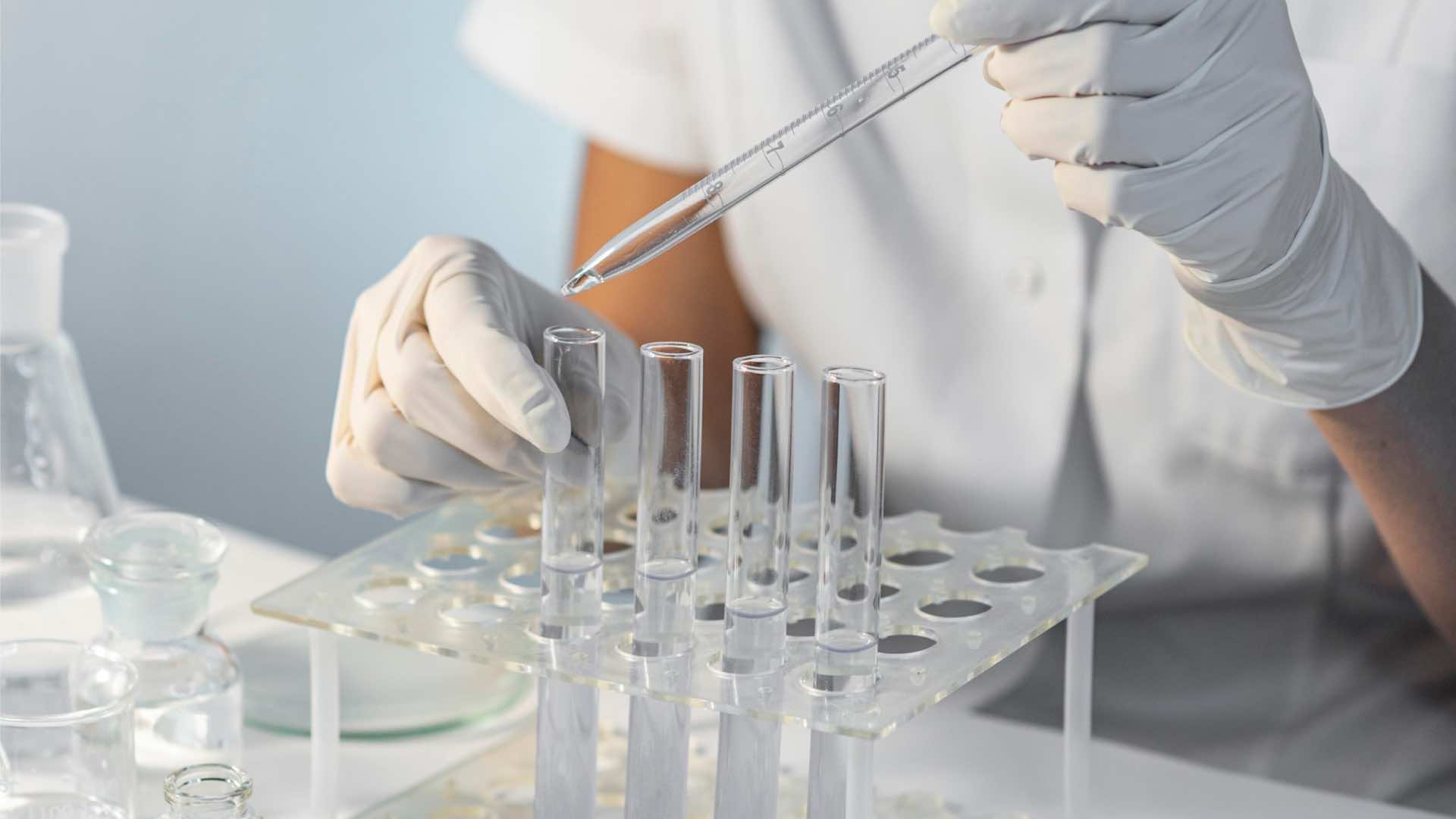Laboratory Analysis Instructions

Analysis instructions are documents containing methods and procedures for the analysis of raw milk in a laboratory environment. Analysis instructions are used in laboratory studies to evaluate raw milk quality control, food safety and compliance with standards.
Laboratory analysis instructions for raw milk can often include:
- Sample Preparation:
Sampling and sampling procedures
Sample preparation steps to accurately represent the sample
Proper storage and handling of the sample
-Physical and Chemical Analysis:
Density measurement
Fat content analysis
Protein analysis
Lactose analysis
Mass ash analysis
pH measurement
Determination of milk sugars
Mineral analyzes (eg calcium, iron, magnesium)
Vitamin analysis
- Microbiological Analysis:
Total aerobic count
Coliform bacteria count
Detection of pathogenic bacteria (eg Salmonella, E. coli)
Yeast and mold count
Detection of antibiotic residues
These instructions include how to perform analyzes, what equipment and chemicals to use, methods of analysis, and interpretation of results. Analysis instructions are followed by laboratory personnel, ensuring accurate and reproducible results.
Note: Laboratory analysis instructions for raw milk may vary depending on regulations, standards and laboratory capacity. Therefore, relevant rules and regulations should be referenced for specific analysis instructions.
Laboratory analysis instructions provide many advantages to a company. Here are some key advantages:
Quality Control: Laboratory analysis instructions provide quality control of products. It helps to identify quality problems by evaluating the conformity of the products to the determined standards and specifications. In this way, it is ensured that products that comply with quality standards are released to the market.
Food Safety: Analysis instructions are important for ensuring food safety. The presence or amount of pathogenic microorganisms is determined by microbiological analysis. In addition, the analysis can detect the presence of harmful substances such as chemical contamination, heavy metals or drug residues. Thus, food safety is ensured and consumer health is protected.
Customer Satisfaction: Thanks to laboratory analysis instructions, the production of quality and safe products is ensured. This increases customer satisfaction. Since customers want to consume reliable and healthy products, offering products based on accurate and reliable analysis results increases customer loyalty and satisfaction.
Manufacturing Process Improvement: Analysis instructions provide data for monitoring and improving the manufacturing process. Laboratory results help detect potential errors and problems in the production stages. In this way, product quality and productivity are increased by optimizing production processes.
Legal Compliance: In many industries, manufacturers are required to comply with certain standards and regulations. Laboratory analysis instructions help meet regulatory requirements. Analyzing the products and providing the conformity documents ensures that the legal compliance is ensured and the audits are successfully passed.
Competitive Advantage: It increases the competitive advantage of the company by offering quality and safe products. Customers prefer products that comply with quality and safety standards. Laboratory analysis instructions ensure that products conforming to these standards are produced and a competitive advantage is achieved.
Production Continuity: Laboratory analysis instructions ensure production continuity. Quality control and safety analyzes of the products are carried out regularly, so that potential problems in the production process can be detected and corrected quickly. This increases production continuity and efficiency.
Data-Driven Decisions: Laboratory analysis instructions ensure that analysis results are evaluated according to established criteria. This data helps managers and decision makers make informed decisions. It is important to rely on reliable data to make strategic decisions such as improving the manufacturing process, taking quality control measures or making new product development decisions.
Certification and Certification: Laboratory analysis instructions assist the certification and certification processes. Based on the analysis results of the products, it is possible to obtain documents such as quality certificates, certificates of conformity or security labels. This makes it easier for the products to enter the market and gives confidence to the customers.
Reducing Customer Complaints: Thanks to laboratory analysis instructions, quality and safety problems of products are detected and these problems can be resolved in advance. This reduces customer complaints. Customer satisfaction increases and brand reputation is strengthened.
As a result, laboratory analysis instructions provide a company with a number of advantages. They are of great importance for the company in issues such as quality control, food safety, customer satisfaction, production continuity, legal compliance and competitive advantage. It also has benefits such as making data-driven decisions, managing certification processes, and reducing customer complaints.
You can access the laboratory analysis instruction document by clicking the link below:
https://suswise.com/discover/documents/laboratuvar-analiz-talimatlari-869643